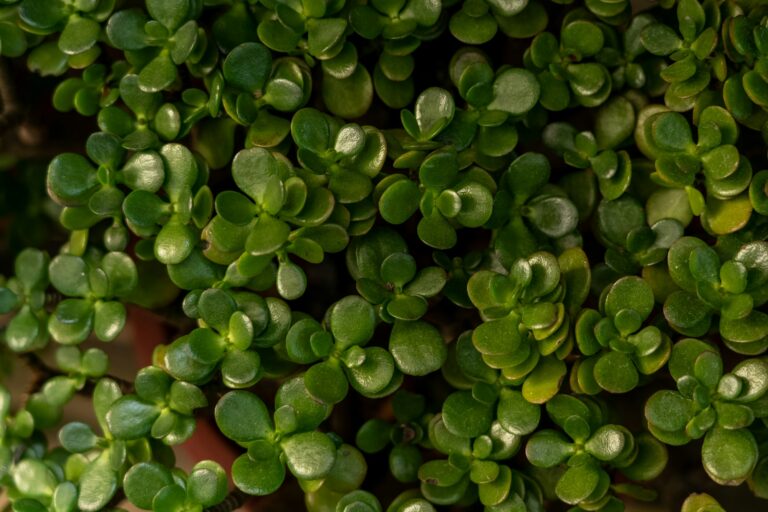Grow and Care for Bush Anemones: Everything You Need to Know

Are you looking to add some rare, beautiful, and low-maintenance shrubs to your landscape? Look no further than the Bush Anemone. The Carpenteria californica is a unique and exceptional plant that can thrive in USDA Hardiness Zones 8 to 9. Keep reading to learn how to grow and care for these stunning shrubs.
What Is Bush Anemone?
Bush anemones, despite their name, are not related to the flowering anemones you might be thinking of. These shrubs belong to the Hydrangeaceae family and are native to Southern California, specifically the foothills of the Sierra Nevada Mountains near Fresno.
These plants are endangered in the wild and are valued for their glossy foliage, beautiful white blooms, and drought tolerance. Bush anemones are known for attracting pollinators and can make a lovely addition to any garden.
Cultivation and History
The Carpenteria californica has a rich history. Discovered by explorer J. Charles Fremont in the 1840s, these shrubs were previously unknown to many. The genus name, Carpenteria, was chosen to honor American botanist William M. Carpenter, while the species name, californica, refers to the plant’s state of origin.
Commercially available since the 1980s, these shrubs have gained popularity for their ornamental qualities and low water requirements. They are excellent choices for gardeners looking to conserve water in drought-prone areas.
Propagation
Propagating Bush Anemones can be done through seeds or cuttings. When propagating from seeds, ensure you have a well-draining growing medium and provide adequate light. For cuttings, use a rooting hormone to encourage root growth and transplant when ready.
Transplanting
Transplanting your propagated shrubs into the garden requires selecting fertile, well-draining soil. Dig holes large enough for the root systems, place the transplants, backfill, and water thoroughly until established.
How to Grow
Creating the ideal conditions for growing Bush Anemones involves considering the climate, exposure, soil, water, and fertilizer needs.
Climate and Exposure Needs
Your garden should be located in USDA Hardiness Zones 8 to 9, where Bush Anemones can thrive. Providing full sun or partial shade, along with shelter from strong winds, will ensure optimal growth.
Soil and Shelter Needs
Well-draining soil with a pH range of 6.0 to 8.0 is essential for these shrubs. Additionally, providing shelter from strong winds will protect the plants and promote healthy growth.
Water and Fertilizer Needs
While Bush Anemones are drought-tolerant, deep irrigation is necessary for optimal flowering. Avoid overhead watering to prevent fungal issues. Supplemental fertilizer can be used for flowering shrubs to enhance growth.
Growing Tips
Ensure full sun or partial shade exposure, well-draining soil, and deep irrigation when the soil becomes dry for successful Bush Anemone growth.
Pruning and Maintenance
Regular pruning and maintenance are required to keep Bush Anemones looking neat and attractive. Remove suckers to contain the spread and deadhead old blooms to maintain aesthetics.
Cultivars to Select
Consider the ‘Elizabeth’ cultivar of Bush Anemones for a smaller, compact option with abundant flowers. Named after botanist Elizabeth McClintock, this cultivar is a popular choice in landscaping.
Managing Pests and Disease
Bush Anemones are resistant to deer but can be affected by pests and diseases. Regular inspection and proactive measures can help prevent infestations and infections.
Insects
Aphids and pit scale are common pests that can impact Bush Anemones. Regularly inspect plant tissues, use horticultural oils for control, and maintain plant health to prevent infestation.
Disease
Leaf spots and root rot are potential diseases that Bush Anemones can contract. Preventative measures include avoiding overhead irrigation, using disease-free soil, and pruning infected leaves.
Best Uses
Bush Anemones can be used as borders, specimen plants, or clumps alongside conifers and oaks. They can also be grown in California native gardens to showcase the state’s unique flora.
Quick Reference Growing Guide
Refer to this quick guide for a summary of Bush Anemone care and cultivation information.
- Plant Type: Evergreen woody flowering shrub
- Flower / Foliage Color: White and yellow / dark green with whitish undersides
- Native to: California
- Maintenance: Low
… and more detailed specifications listed for reference.
Grow Bush Anemone and Experience the Magic
By following these guidelines, you can successfully grow and care for Bush Anemones in your garden. Enjoy their beauty, fragrance, and unique characteristics as they add charm to your outdoor space.
Have any questions or comments? Feel free to share below. For more flower-growing tips and guides, explore our recommended articles on related topics.
Remember, mistakes are part of the gardening process, so keep experimenting and learning. With the right care and effort, your garden will soon be graced with the elegance of Bush Anemones.
Unleash the beauty of Bush Anemones in your garden and watch your landscape transform into a botanical wonderland. With the right knowledge and care, you can cultivate these unique plants and enjoy their dazzling blooms and foliage. Have fun nurturing your Bush Anemones and see your garden flourish!





